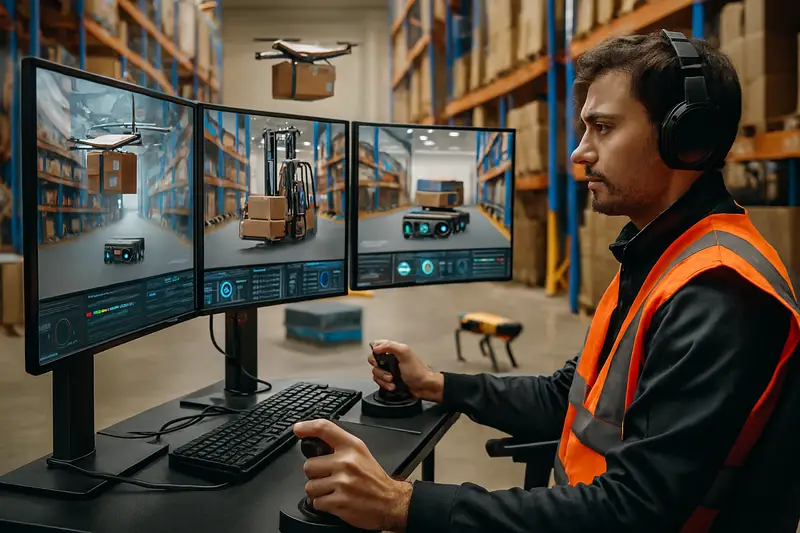


The warehouse floor is no longer just a grid of racks and forklifts—it’s becoming a digital battlefield of precision, speed, and strategy. As autonomous systems, robotic shuttles, and AI-driven inventory platforms take over manual operations, a new kind of worker is emerging: the gamer.
Forklift operators and order pickers once relied on muscle memory and spatial awareness to navigate tight aisles and load pallets. Today, those same roles are being reimagined as control station operators, managing fleets of autonomous vehicles and robotic arms through touchscreen interfaces and joystick consoles. The transition isn’t just technical—it’s cultural.
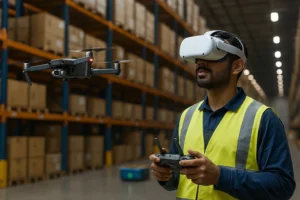
What used to be a job of physical endurance is now a test of digital reflexes and strategic thinking.
Absolutely. The skills honed in Call of Duty, Fortnite, or Gran Turismo—fast decision-making, spatial reasoning, hand-eye coordination—are directly transferable to modern warehouse systems. In fact, many companies are now recruiting from unexpected talent pools:
Gamers are comfortable with multi-screen setups, rapid input feedback, and system logic—all critical in managing autonomous warehouse ecosystems.
This shift isn’t just about replacing workers—it’s about retraining them. Veteran forklift drivers are being cross-trained to operate semi-autonomous vehicles using interfaces that resemble racing games. Order pickers are learning to manage robotic arms with touchscreen commands and gesture-based controls.
Training modules now include:
The goal? Turn muscle memory into machine fluency.
While blue-collar roles are being gamified, white-collar professionals aren’t exempt. Engineers, supervisors, and logistics planners must now learn to operate robotic control systems, manage AI workflows, and troubleshoot automation platforms.
The warehouse of the future is a control room—not a break room.
Role | Old Skillset | New Skillset |
Forklift Operator | Manual driving | Remote joystick control, spatial mapping |
Order Picker | Physical sorting | Touchscreen routing, robotic arm coordination |
Supervisor | Team management | System orchestration, AI alert response |
Logistics Analyst | Spreadsheet modeling | Real-time data flow, predictive analytics |
Maintenance Tech | Mechanical repair | Sensor calibration, software patching |
As automation accelerates, the warehouse is becoming less like a factory and more like a game engine—full of inputs, outputs, logic loops, and real-time feedback. The winners will be those who can adapt, learn fast, and treat the warehouse like a strategy game.
Gamers aren’t just welcome—they’re essential.
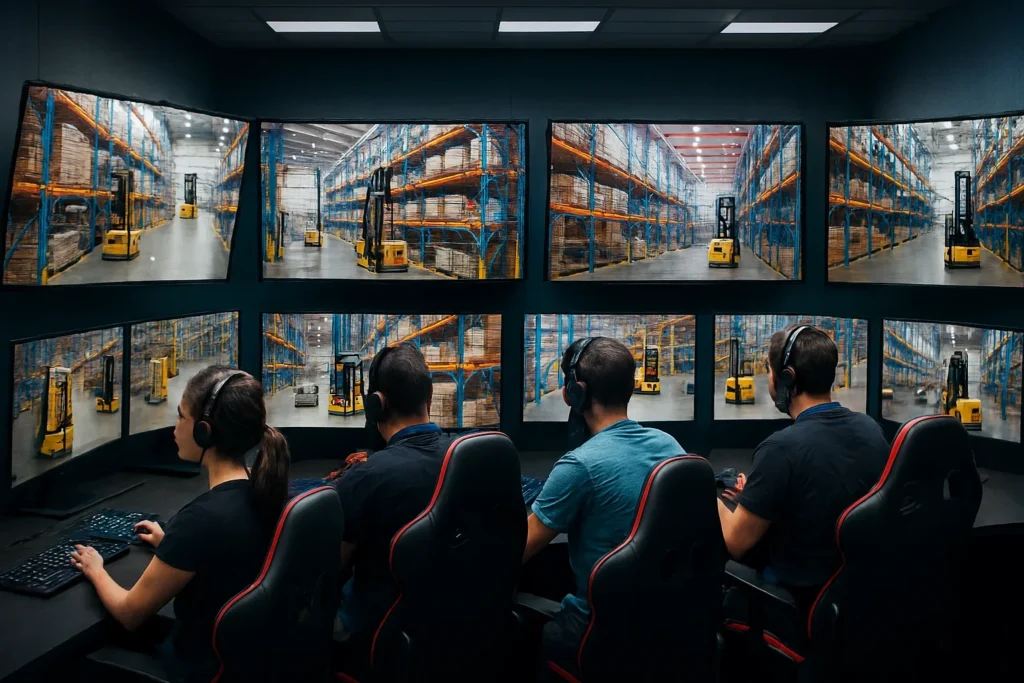
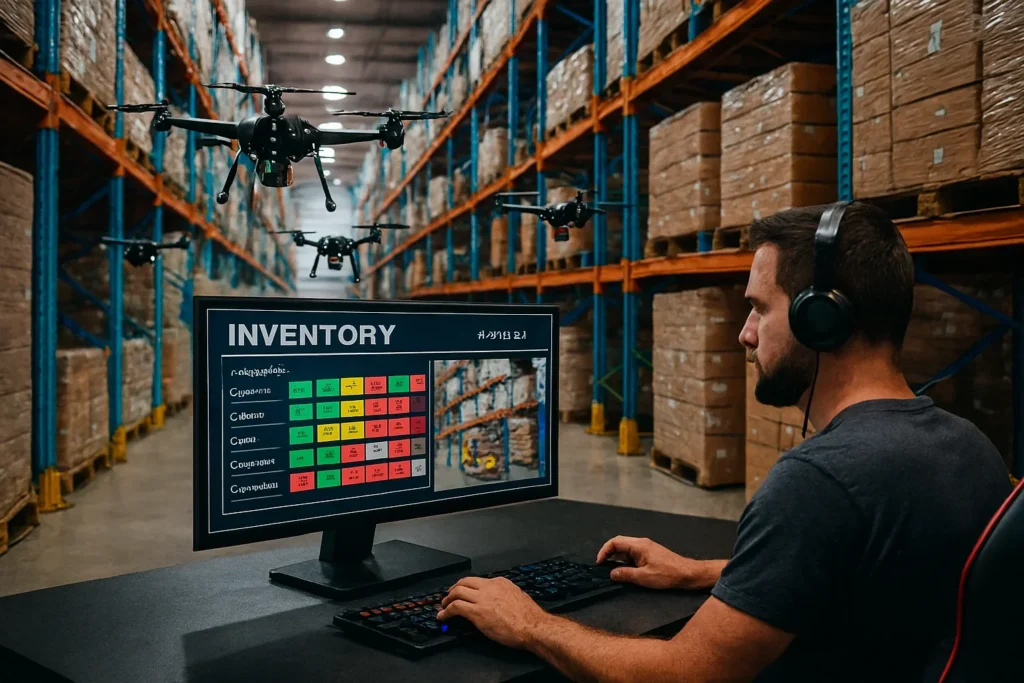
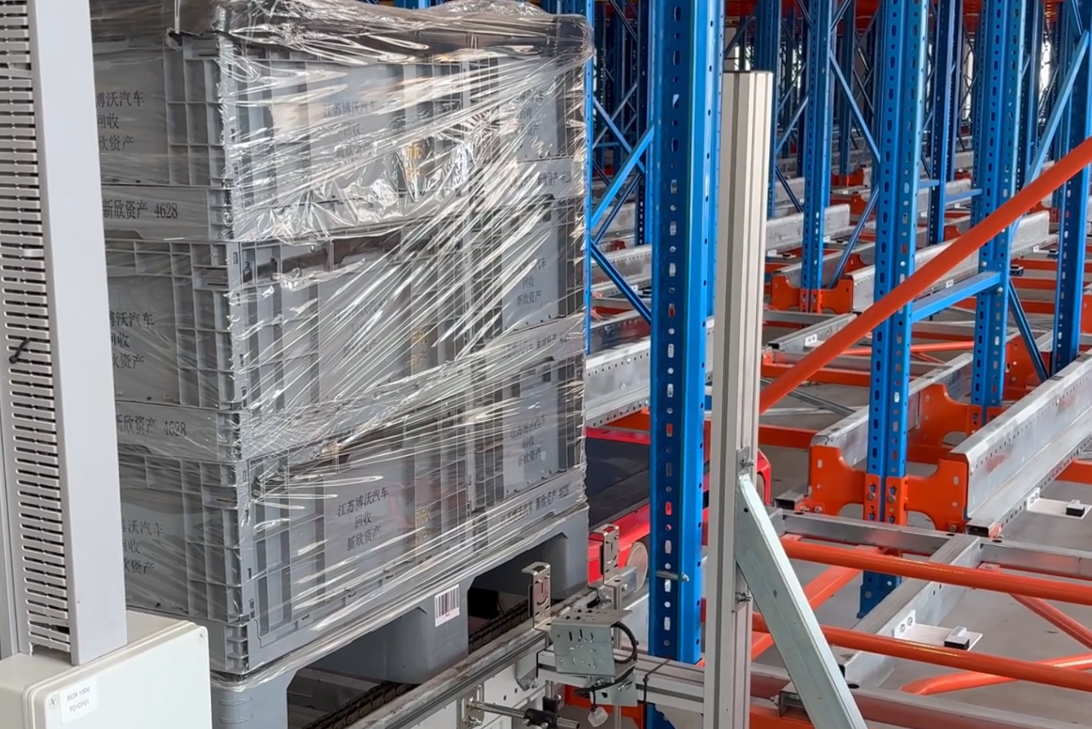
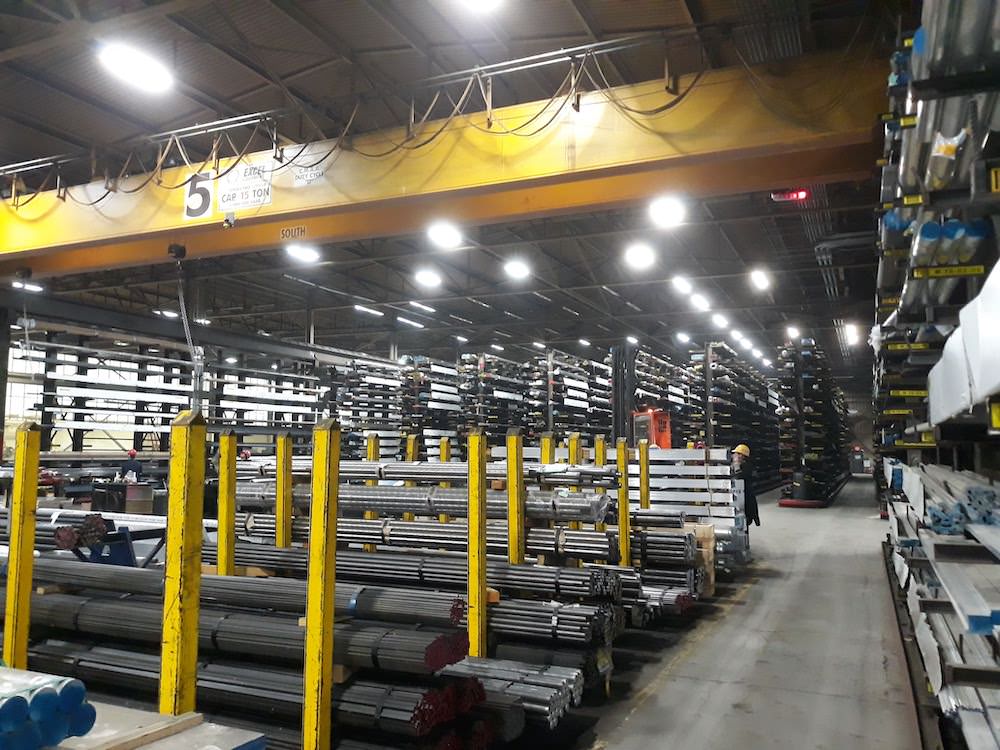
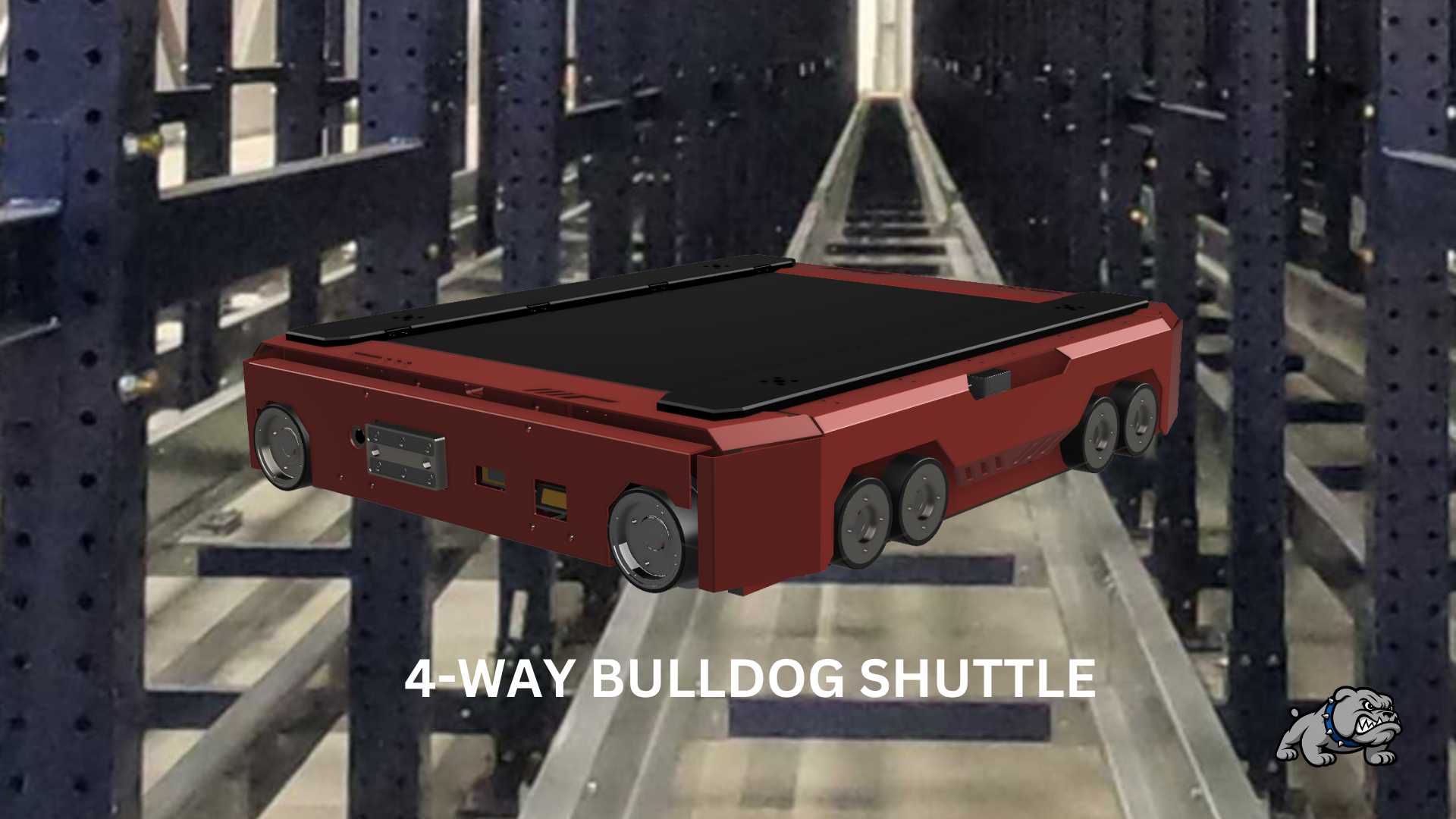

© Copyright 2025 All rights reserved.